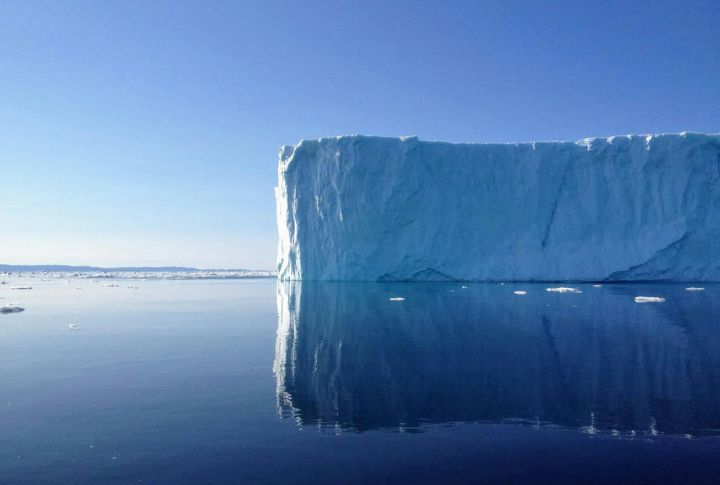
It’s easy to ignore what we can’t see. But the ocean’s mass is quietly growing, and that invisible shift is making waves in unexpected places. Floods, currents, coastlines, they’re all reacting. This story isn’t about tomorrow’s climate. It’s unfolding now. Let’s see how a heavier ocean is reshaping our world.
More Coastal Flooding
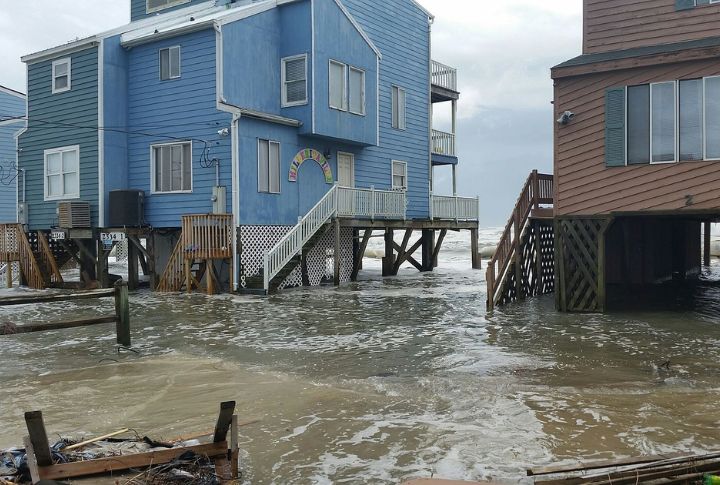
“Sea level is just a number until it reaches your doorstep.” That quote from a New Jersey resident after a king tide says a lot. Heavier oceans press more water toward shorelines. The result? Streets flood on sunny days, and tides inch closer to homes without a storm in sight.
Stronger Storm Surges
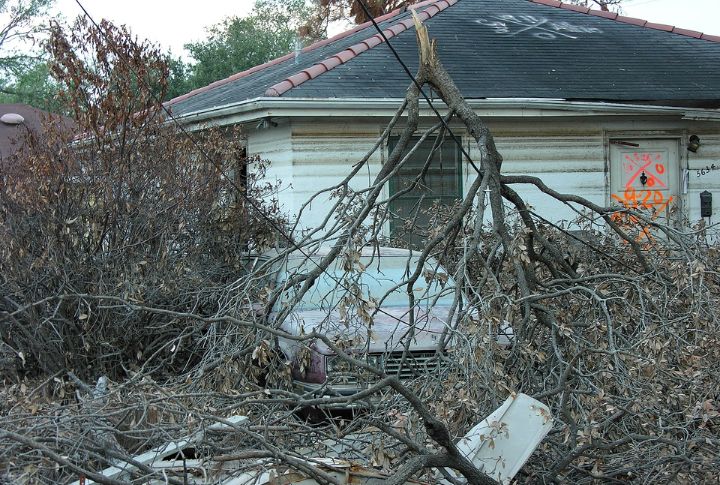
Hurricanes feed off warm water. Rising warm oceans make storms bulkier and more brutal. As pressure builds below the surface, it pushes higher surges into cities. New Orleans, Miami, Galveston—they’ve all seen this play out. And with each surge, recovery takes longer and costs more.
Sinking Shorelines
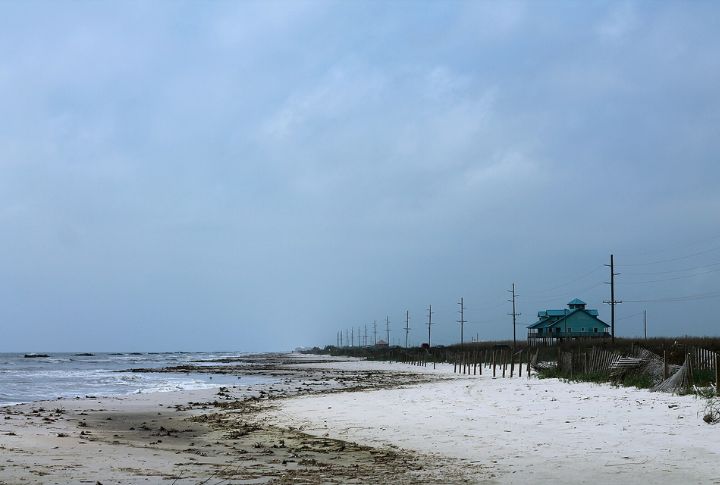
Picture a sandcastle slowly crumbling under a bucket of water. That’s erosion accelerated by weight. Expanding, warming seas press down while rising tides wear away the edges. Louisiana alone loses about a football field of land every 100 minutes. The shore is disappearing beneath our feet.
Heavier Rainfall Near Coasts
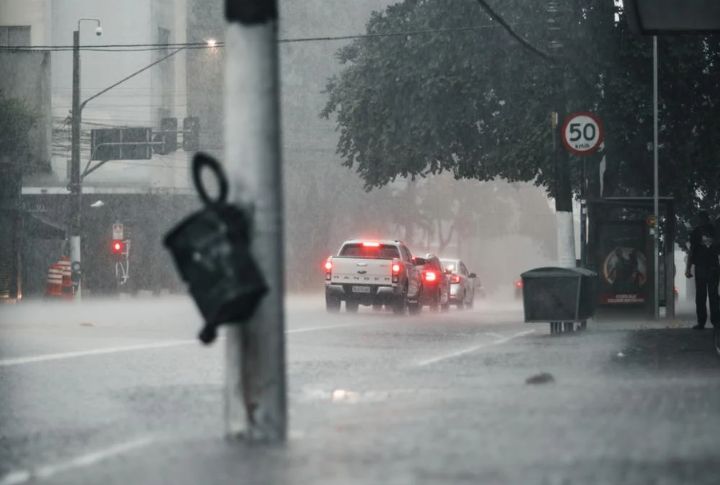
When oceans get heavier and warmer, more moisture is loaded into the atmosphere. Coastal towns now face cloudbursts that feel almost tropical. New York saw record rainfall in 2021, swamping streets in minutes. This proves that heavier oceans mean heavier skies, where storms dump buckets instead of showers.
Weaker Ocean Circulation

Think of the ocean as a giant heart that pumps heat around the globe. Changes in water density disrupt its rhythm. In recent years, deepwater currents have weakened. That means less oxygen reaching marine life and less heat moving poleward. It’s quiet, but the impact spreads like a skipped heartbeat in a fragile system.
Warmer Ocean Layers
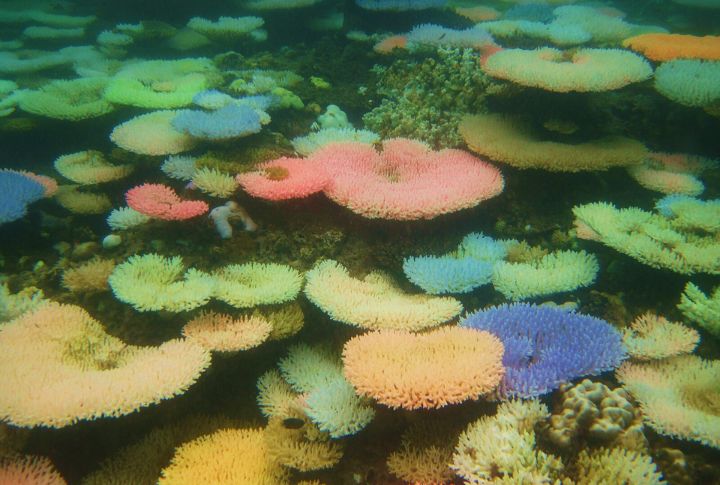
Underneath that cool ocean surface lies a simmering stew. The deep ocean isn’t as cool as it used to be because of all the heat. Now, marine biologists are seeing tropical fish in temperate waters and coral bleaching in places that never had it before. Warmth no longer stays put; it travels.
Sinking River Deltas
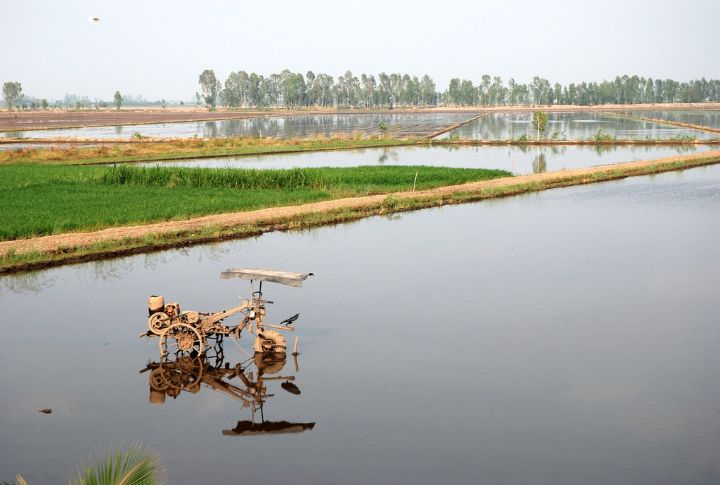
Heavy oceans don’t just batter coastlines; they drown river deltas, too. Places like the Mississippi Delta and the Mekong Delta are sinking faster as the sediment supply shrinks and water pressure grows. Entire communities that once thrived between river and sea now fight to stay above water.
Heavier Underwater Landslides

Picture cliffs under the sea, built up over centuries. Now, with heavier oceans pressing down and heating sediments, underwater landslides are happening more often. These slides can trigger tsunamis without warning. Coastal communities may never see it coming until the ocean itself turns into a rolling wall.
Disrupted Marine Food Webs
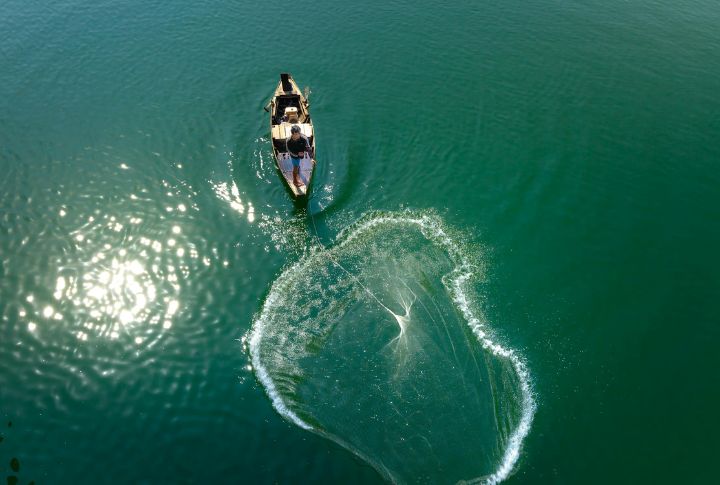
In the sea, temperature decides who eats and who starves. Changing ocean conditions shuffle the deck. Plankton blooms shift. Fish follow, leaving seabirds and mammals behind. Indigenous Alaskan communities now chase vanishing catches. It’s not just food chains unraveling; it’s tradition and survival tied to the sea’s pulse.
Pressure On Seafloor Life

Down in the ocean’s basement, pressure builds in silence. The increasing pressure in the deep ocean is impacting habitats that were stable for centuries. Rising water density may add pressure to seafloor habitats, while warming and acidification stress brittle stars and corals.
Altered Ocean Soundscapes

The ocean isn’t silent. Whales, fish, and even shrimp rely on sound to survive. But warming and pressurized waters carry noise farther, distorting migration routes and feeding patterns. Shipping traffic and storms now echo longer underwater, like living beside a freeway that never sleeps.
Saltwater Intrusion Inland
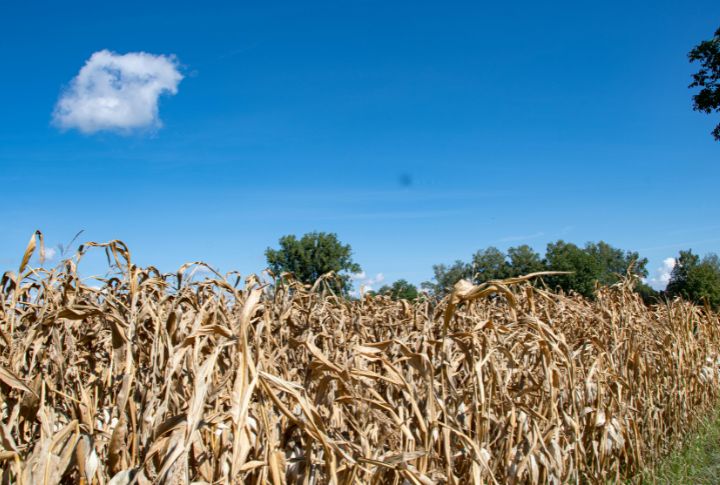
Salt is sneaky. When rising seas push further inland, salt creeps into freshwater supplies. Wells in coastal towns like Wilmington, North Carolina, are already tasting it. Crops wilt, drinking water becomes brackish, and the fight for freshwater intensifies. The ocean seeps into what we need to live.
Heavier Monsoon Seasons

Rain follows heat, and the ocean is storing more of it than ever. As sea temperatures rise, evaporation increases, loading the atmosphere with moisture that fuels stronger, less predictable monsoons. In South Asia, what once nurtured crops now floods fields and turns roads into raging rivers.
Drowned Coastal Wetlands
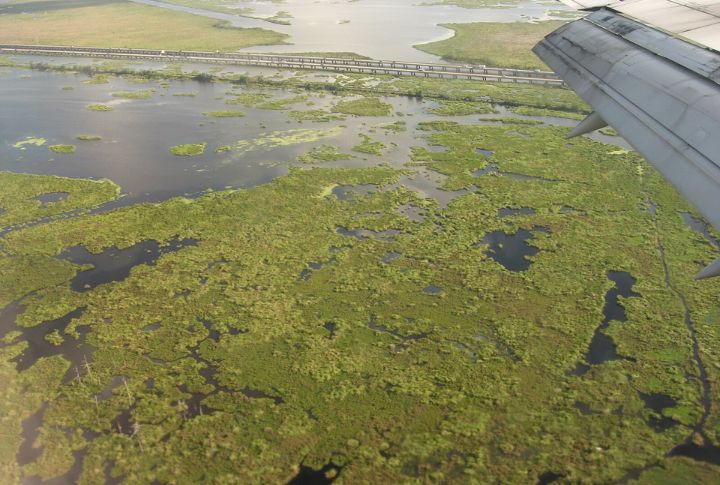
Coastal wetlands used to act like natural shields, soaking up floodwaters and sheltering wildlife. Now, oceans drown them faster than they can rebuild. Marshes in Louisiana and mangroves in Florida are vanishing. Without these sponges, storm damage worsens, and important ecosystems disappear beneath the rising weight.
Shifting Maritime Jurisdictions
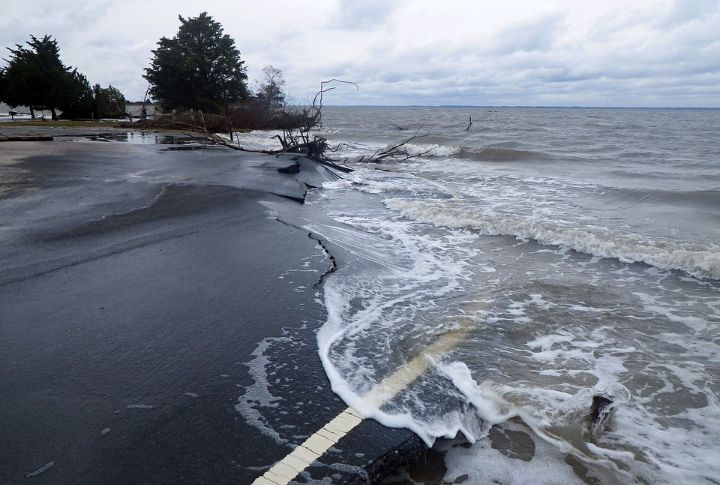
Rising seas are redrawing coastlines, blurring the lines between land and water. As boundaries shift, nations face disputes over fishing rights, resource claims, and maritime navigation. These changes force countries to revisit treaties and redefine territorial zones, turning climate-driven coastal changes into complex geopolitical challenges.
Faster Glacier Melting
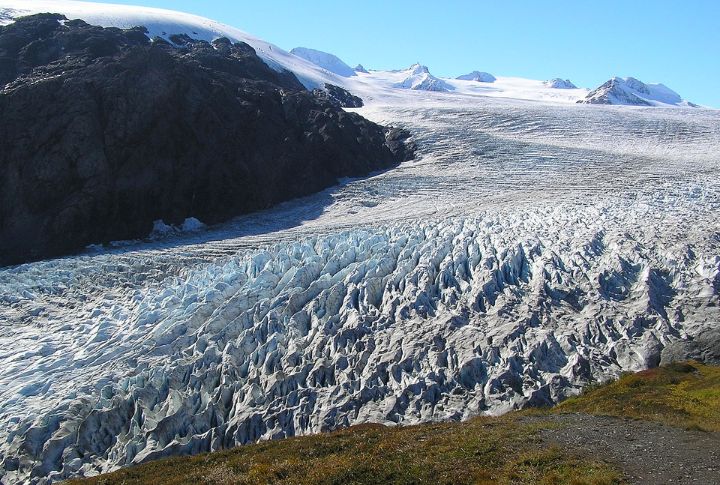
There’s a feedback loop hiding in the cold. Denser, warming oceans carry more heat, which speeds up glacier melt. That melt adds more water to the sea, making it heavier still. Alaska’s glaciers, like Columbia and Muir, are racing back toward land at an alarming pace.
Seafloor Earthquake Risk
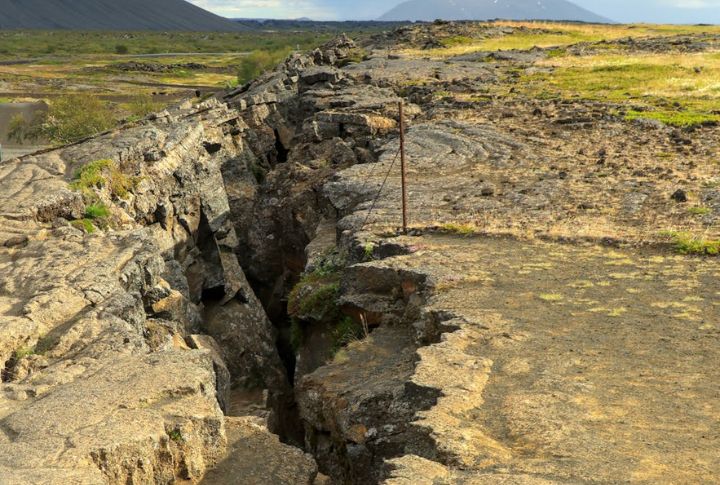
It sounds strange, but water has weight, and that weight can shift tectonic stress. As the mass of the ocean water increases, the pressure on fault lines, especially near subduction zones, may tip the balance. Some geologists suspect that rising ocean mass can subtly influence earthquakes.
Deeper Carbon Storage

The ocean’s weight changes how it swallows carbon. Cold, dense water is used to pull carbon dioxide into deep storage zones. Now, as stratification increases, that storage stalls. Carbon lingers longer near the surface, fueling acidification and slowing climate recovery.
Changed Jet Stream Patterns
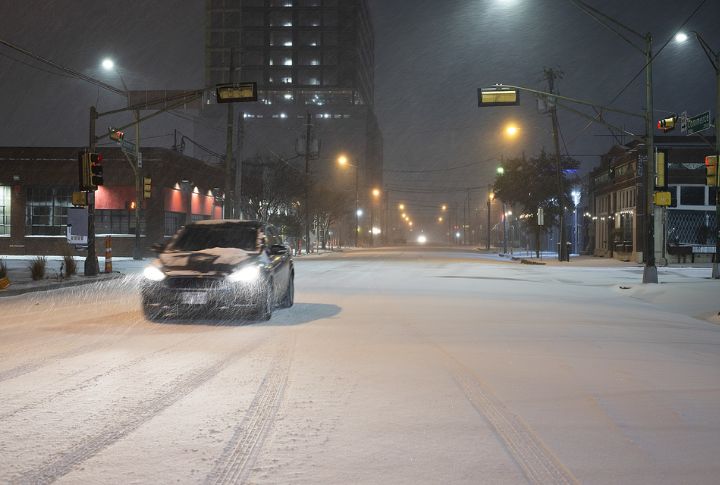
Ocean heat plays a big role in shaping the jet stream. As sea temperatures rise, they disrupt its flow, causing weather patterns to stall. That means longer droughts, extended cold spells, and more extreme events, like the deep freeze that hit Texas in 2021.
Global Climate Feedback Loops
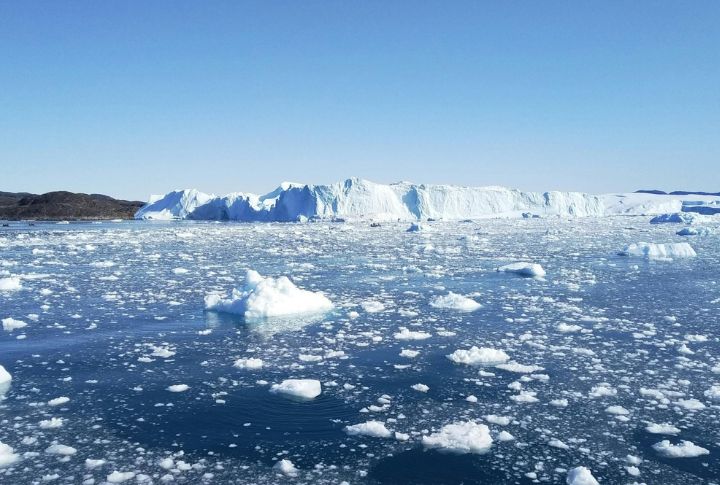
One change begets another. That’s the most critical truth of all. Warmer oceans accelerate melting and fuel feedback loops that reinforce themselves. Scientists call these cascading feedback loops climate stress. It’s not a straight line. It’s a spiraling system with the ocean at the center, accelerating faster than we anticipated.

